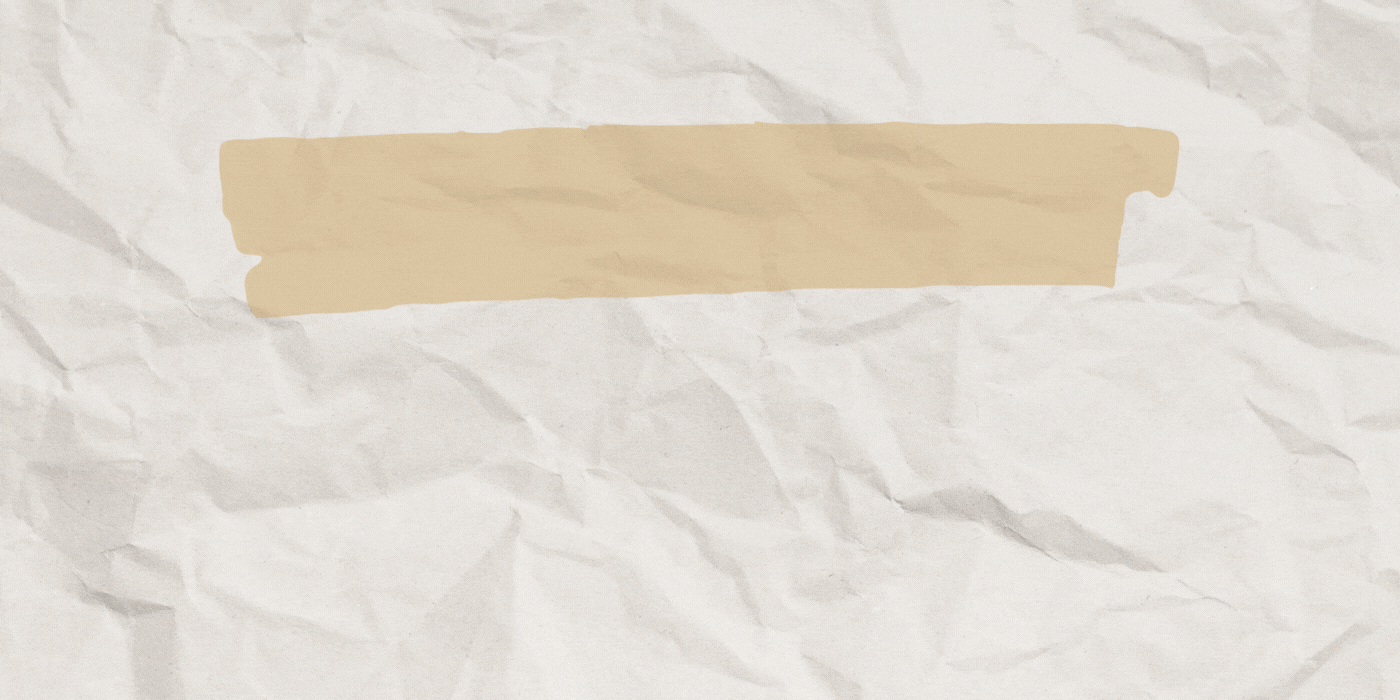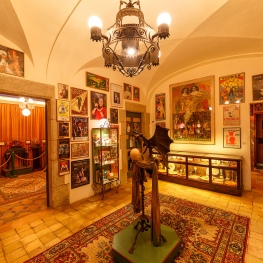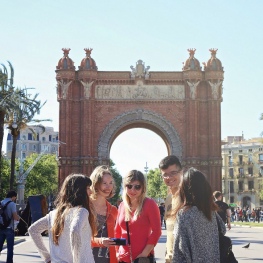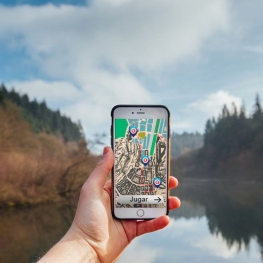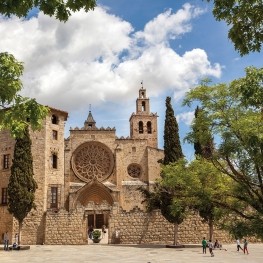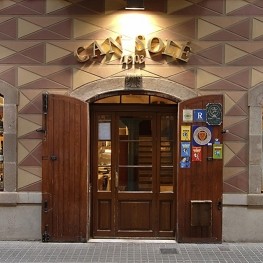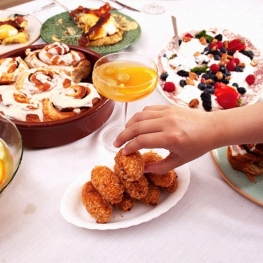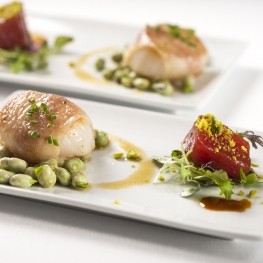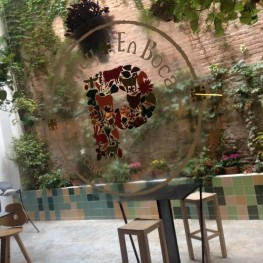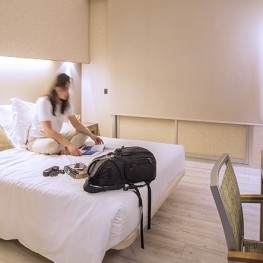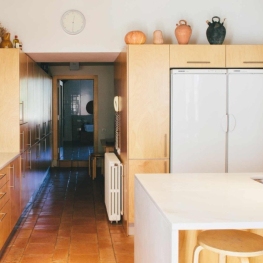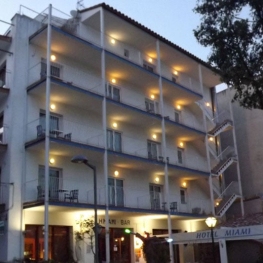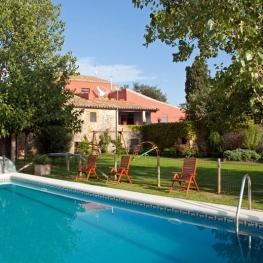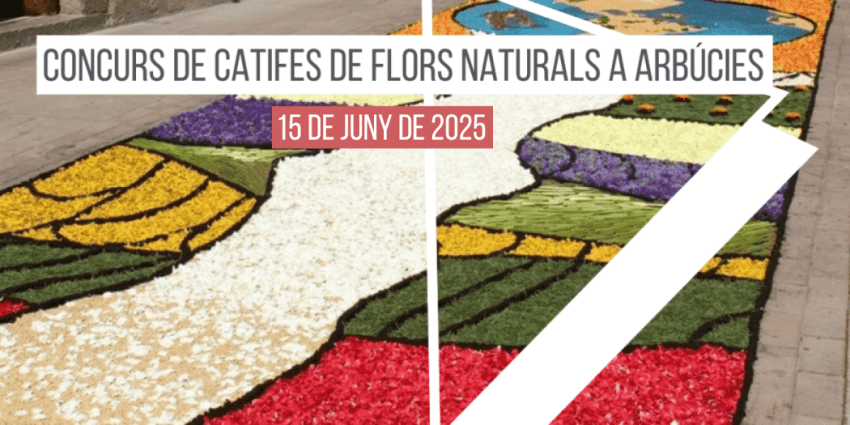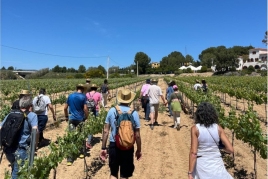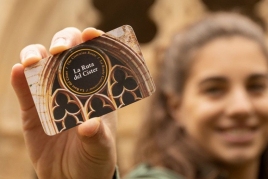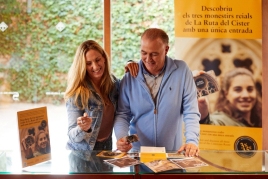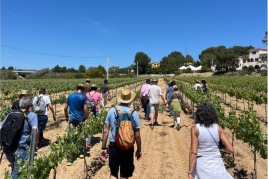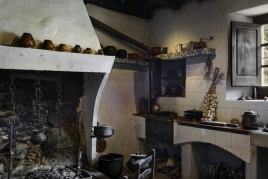Literary route in the Modern Catalonia
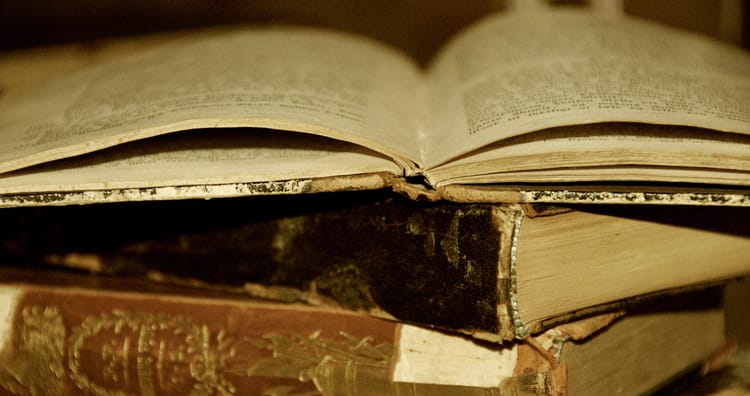
The literary moment of 1714 is surrounded by everything that had lived until then and later that live not only in literary terms but also in political and social terms. This means that during the modern era have ups and downs in this field.
The events that were experienced during the XVI-XVIII century also influenced deeply in the mind, how to do and how to express the writers of the time.
On this route, we will follow the literary history through the highlights Catalan authors of this period and its immediate environment, so moving, in different parts of Catalonia.
The Decline
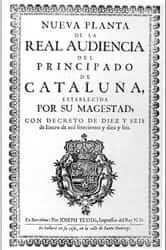 Decadence is the name given by the intellectuals of the Renaissance, the period of the sixteenth, seventeenth and eighteenth centuries. This decline was determined by a number of factors that would reach its climax with the imposition of the Decree of Nueva Planta.
Decadence is the name given by the intellectuals of the Renaissance, the period of the sixteenth, seventeenth and eighteenth centuries. This decline was determined by a number of factors that would reach its climax with the imposition of the Decree of Nueva Planta.
These factors are accompanied by a distrust of the writers themselves to their own language: Catalan.
On the one hand, there was a growing castellanización of the aristocracy and the use of Castilian as the language of worship and the other, a loss of power of the Catalan bourgeoisie and consciousness of unity among Catalan-speaking territories.
This involved an imitation of the castellanos artists such as Garcilaso de la Vega, Gongora and Quevedo, and resources as the Castilian metric. Moreover, the presence of castellanismes and dialectalismos.
Renaissance literature
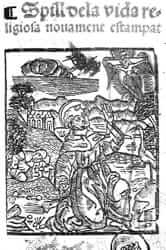 The Renaissance is the literary movement that was born with the modern age and where the ideals of humanism that developed in Europe, taking man as the center of the world are reflected.
The Renaissance is the literary movement that was born with the modern age and where the ideals of humanism that developed in Europe, taking man as the center of the world are reflected.
His vision defended the intelligence of the human being and his creativity, and valued the popular inspiration and made use of a simple, plain and popular tradition metric.
Some of the most important authors of this period are Serafí Pere, considered the greatest poet of this period and inspired by Petrarch; Fra Miquel Comalada author who has been credited with the work of L'espill of religious life published in Barcelona ; and Cristòfor DESPUIG, discussed below.
Cristòfor DESPUIG
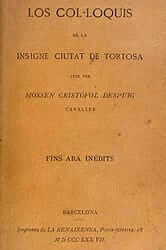 Cristòfor DESPUIG is a true reflection of a Renaissance man, a humanist. Born in 1510, was knighted in the field of cutting and a member of the nobility, the environment in which I was educated. He was a political member of the city where he was born, Tortosa , and a very active and critical of the world he lives had character.
Cristòfor DESPUIG is a true reflection of a Renaissance man, a humanist. Born in 1510, was knighted in the field of cutting and a member of the nobility, the environment in which I was educated. He was a political member of the city where he was born, Tortosa , and a very active and critical of the world he lives had character.
His literary work focuses on prose entitled The col · loquis the Ciutat de Tortosa (1557) distinguished in which, in colloquial and dialogue, is the subject of castellanización aristocratic class.
The most famous phrase of this work is referenced by the imperialist attitude of Castilla saying "almost every Castilian historians are the same, wanting to name Castilla throughout Spain."
Palau DESPUIG
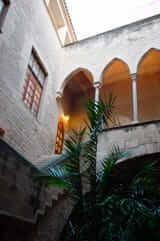 To learn more about the character of Cristòfor DESPUIG is advisable to visit the Palau DESPUIG of Tortosa , which was built in the fifteenth century and restored in the mid-twentieth century.
To learn more about the character of Cristòfor DESPUIG is advisable to visit the Palau DESPUIG of Tortosa , which was built in the fifteenth century and restored in the mid-twentieth century.
It is located next to the Palacio Oriol, across the street from the Rose, to which they were bound to start forming a single building. It has three floors with a courtyard-like interior was typical of medieval times-which highlights the exterior staircase and Gothic Gallery. It should also be noted that there polychrome beams on the ceilings of the building.
The fifth conference of his work The col · loquis the Ciutat de Tortosa distinguished place in the house of Lúcio, was known to the writer's alter ego.
Baroque literature
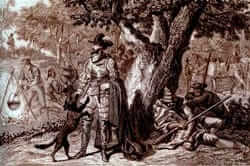 The light turns off period, becoming literary precursors of pessimism, gloominess, exaggeration and return to theocentrism of medieval times. So, God is again the center of everything and the purpose of life is to prepare the soul for final judgment.
The light turns off period, becoming literary precursors of pessimism, gloominess, exaggeration and return to theocentrism of medieval times. So, God is again the center of everything and the purpose of life is to prepare the soul for final judgment.
Thus, the topics are covered in this period of life as a series of tests to get to death, the brevity of life and time.
From this period include the bandit Perot Rocaguinarda, as was mentioned in several works of the period, including El Millor pillard of Francesc Vicent Garcia Cristianisme.
Francesc Vicent Garcia
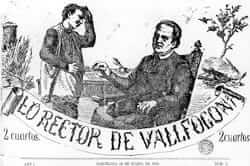 Francesc Vicent Garcia, better known by the nickname of Vallfogona Rector, born in 1578 also in Tortosa , he devoted himself to poetry, drama and prose, but also to the church life.
Francesc Vicent Garcia, better known by the nickname of Vallfogona Rector, born in 1578 also in Tortosa , he devoted himself to poetry, drama and prose, but also to the church life.
Noted for such works as To a lovely lady who pentinava haired-negre a pint terrat ab ivory or decimated d'un galan d'Llàgrimes them to a lady. Though it was well received by the creation of a new literary school I survived the ban on his works during the Inquisition, was labeled as one of the pioneers of Catalan literature discredit to Spanish literature.
During the early years of the seventeenth century was ordained priest in 1606 and became rector of the rectory of Riucorb Vallfogona .
Was passionate about literary devices such comparisons, metaphors or latinisms and was also common to find in his works elements of ridicule, satire, scatology and even eroticism.
St. Mary of Vallfogona of Riucorb
Santa Maria de Riucorb Vallfogona church was welcomed as Francesc Vicent Garcia rector.
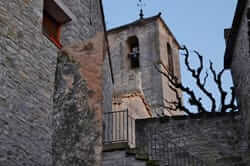 The building is Gothic with some Romanesque and Renaissance elements. It has a single nave with pointed barrel vault and chapels on both sides.
The building is Gothic with some Romanesque and Renaissance elements. It has a single nave with pointed barrel vault and chapels on both sides.
During the thirteenth and fifteenth centuries, the church was restored and enlarged several times. And during the seventeenth century, under the leadership of Francesc Vicent Garcia, the chapel of Santa Barbara is built.'s Bell tower is from the second half of the eighteenth century.
As experts say it was during stays in Francesc Vicent Garcia Vallfogona of Riucorb when his literary activity remained more active. And indeed, in terms yet the house known as "l'Abbey" which was where he stayed preserved.
In the village we also found a bronze monument dedicated to the Rector of Vallfogona altar boy and a monument to the Rector of Vallfogona also an interpretive center that reviews his life and work.
Illustration
The period of the Enlightenment in Europe stands for rational ideas and the arrival of progress and science.
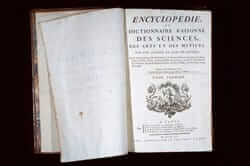 The show is based on literature, instruct and enlighten readers with scientific discovery and the time issues. It's the time of the treaties, dictionaries and encyclopedia.
The show is based on literature, instruct and enlighten readers with scientific discovery and the time issues. It's the time of the treaties, dictionaries and encyclopedia.
In the case of Catalan literature poetry divided into two groups is remarkable: neoclassical, erudite and opts for poetry classics; preromantic and that is intimate and sentimental.
But we also found the essay devoted to topics such as philosophy, history, psychology and having a wide range in extent. And the diary, consisting of a daily chronicle of what has happened throughout the day and it is included in a set of sequences daily.
Baldiri Reixac
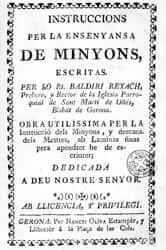 Baldiri Reixac was a priest dedicated to pedagogy born in Bell-Lloc d'Aro, within the term of Santa Cristina de Aro , in 1703.
Baldiri Reixac was a priest dedicated to pedagogy born in Bell-Lloc d'Aro, within the term of Santa Cristina de Aro , in 1703.
His work stands out for testing Instruccions per l'Ensenyança of Minyons dedicated to education and education issues, along with an encyclopedia, dictionary and grammar. With all these elements, the book includes everything necessary for the profile illustrated European who also came to Catalonia.
In fact, the book is written in Catalan language to defend this and included a Castilian-Catalan dictionary for help in learning the latter language.
Bell-Mas Reixac lloc
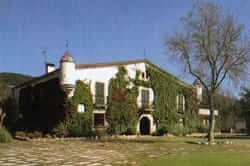 This name is known the farmhouse that served as cots father Baldiri Reixac. Was built in the early eighteenth century by use of Catalan building traditions with a body building on the side and different elevations, due to modern added constructions. It also has two watchtowers, located one on each side of the main facade, and we can find an isolated building that served as a granary.
This name is known the farmhouse that served as cots father Baldiri Reixac. Was built in the early eighteenth century by use of Catalan building traditions with a body building on the side and different elevations, due to modern added constructions. It also has two watchtowers, located one on each side of the main facade, and we can find an isolated building that served as a granary.
Currently used as holiday accommodations and is accessed from the old railway, now greenway.
Today, there is a plaque recalling that Baldiri Reixac born in this house.
Rafael d'Amat i de Cortada
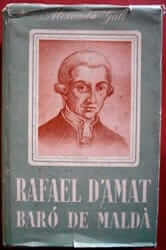 Rafael d'Amat i de Cortada, born in Barcelona in 1746, was the first Baron of Malda and Maldanell. was part of the small nobility Barcelona and the same day he turned 23, began writing the diary called tailor Calaix .
Rafael d'Amat i de Cortada, born in Barcelona in 1746, was the first Baron of Malda and Maldanell. was part of the small nobility Barcelona and the same day he turned 23, began writing the diary called tailor Calaix .
This work is one of the most complete surviving in the era. Not only for its long stretch -60 volumes-but also by addressing the issue as it has become a landmark of Catalan local customs and traditions, as well as a testament to the historical situation in which they lived.
His stories have been allowed to know what his appearance, but has not found any illustrations showing what, is that his stories are so detailed that have let us know that he used glasses and cane, had no teeth and sometimes made use of wig. It was also used to relate to people of social status and ecclesiastical world. Instead, he had a great aversion to industrial workers and farmers.
Palau Maldà
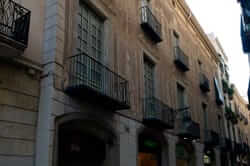 The Palau Maldà is a building on the street of Pi, near the church of Santa Maria del Pi in Barcelona . Built in the seventeenth century and has three floors.
The Palau Maldà is a building on the street of Pi, near the church of Santa Maria del Pi in Barcelona . Built in the seventeenth century and has three floors.
It was the palace where he was born and lived much of his life Rafael d'Amat i de Cortada, Baron Maldá, and where he wrote much of his diary.
Over time it has gone through several hands. During the twentieth century works that allowed the installation of a concert hall and a theater were made. Nowadays, a cinema and a shopping mall bearing the same name.
You may also be interested in: Get carried away by the culture: literary femturisme
What to do
El Gran Museu de la Màgia
Santa Cristina d'AroCome and discover the Casa Mágica, where automatons, posters, magic devices from…
Gimcanes GeoCats
BarcelonaDiscover Barcelona through GeoCats in the most comfortable and fun way possible!…
Gymkana Digital Turística
BarcelonaTourist and cultural routes in gymkana mode. Completely free and without downloading…
Monestir de Sant Cugat
Sant Cugat del Vallès (a 12.7 Km)In the center of the city, in the Plaza de Octaviano, we…
Where to eat
L'Espai Gastronomia
Tossa de Mar (a 12.5 Km)Enjoy a place where laughter, festivity and gastronomy take place around a…
Restaurant Windsor
Barcelona (a 2.2 Km)The Windsor restaurant, located in Barcelona, is a benchmark of contemporary Catalan…
Where to sleep
Aparthotel Silver
Barcelona (a 3.1 Km)Aparthotel Silver is one of the recommended establishments in Barcelona. It offers…
Ca l'Andreu Ecoturisme
Tiana (a 14.3 Km)Spending a few days in an authentic 15th century farmhouse is priceless.…
Casa Rural Mas Masaller
Cruïlles, Monells i Sant Sadurní de l'Heura (a 14 Km)Isolated farmhouse almost 3 kilometres from La Bisbal de Empordà. The farmhouse…

